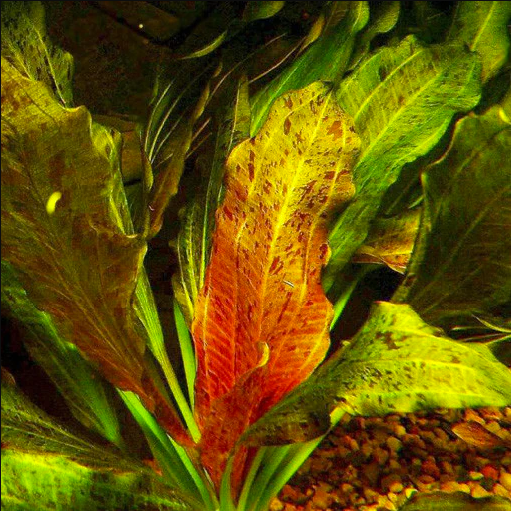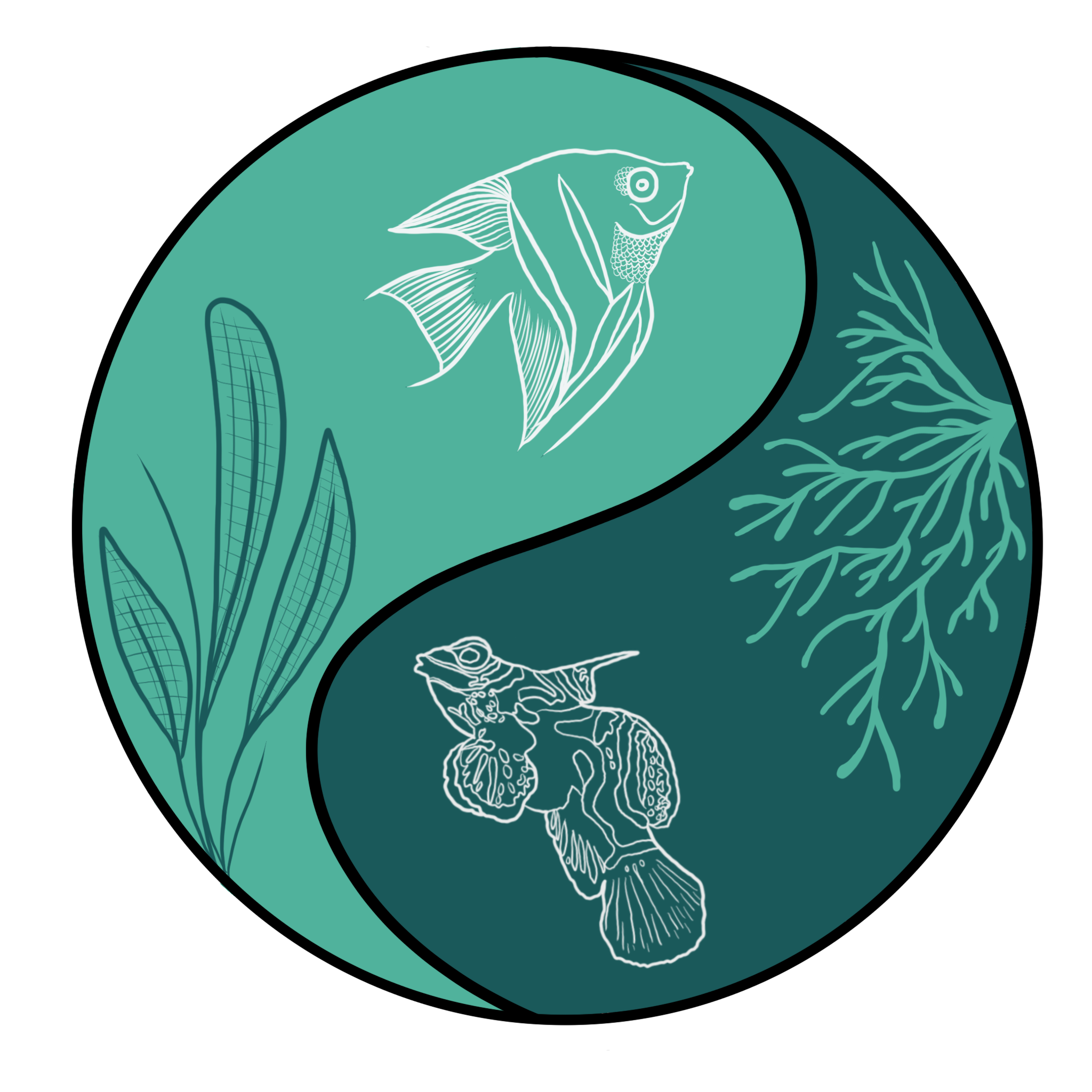AquaZen
Echinodorus Red Ocelot
Echinodorus Red Ocelot
Couldn't load pickup availability
Echinodorus 'Red Ocelot' Care Guide
Common Name: Echinodorus 'Red Ocelot'
Difficulty Level: Easy to Moderate
Family: Alismataceae
General Description:
Echinodorus 'Red Ocelot' is a stunning and colorful sword plant known for its bold red to reddish-brown leaves covered with dark spots, resembling the pattern of an ocelot. It brings dramatic contrast and vibrant color to aquascapes. As a rosette-type plant, it grows relatively large, making it a fantastic centerpiece or background highlight in medium to large aquariums.
Care Requirements:
1. Tank Size:
-
Minimum Tank Size: 20 gallons (75 liters)
-
Best suited for spacious tanks due to its size and spread.
2. Lighting Requirements:
-
Lighting: Moderate to High
-
Strong lighting enhances the intense red coloration and spot patterns.
3. CO₂ Requirements:
-
CO₂: Recommended but not required
-
Will thrive without CO₂, but supplemental CO₂ helps maintain vivid colors and promote faster, healthier growth.
4. Water Parameters:
-
Temperature: 22–28°C (72–82°F)
-
pH: 6.5–7.5
-
Hardness: Soft to moderately hard water
5. Substrate:
-
Substrate Type: Nutrient-rich substrate recommended
-
A fertile substrate is essential for best growth and color development.
6. Fertilization:
-
Nutrients: Moderate to High
-
Regular use of root tabs and liquid fertilizers ensures lush growth and vibrant colors.
7. Maintenance:
-
Growth Rate: Moderate
-
Remove older, damaged leaves to maintain the plant's appearance and encourage new growth.
8. Propagation:
-
Propagation Method: Adventitious plantlets or rhizome division
-
Produces plantlets on flowering stalks under optimal conditions.
9. Placement in Tank:
-
Placement: Midground to Background
-
Perfect for creating a focal point with its striking color.
Summary:
Echinodorus 'Red Ocelot' is a breathtaking and relatively easy-to-care-for plant that adds a bold splash of color to freshwater aquariums. While it benefits from good lighting and nutrient-rich conditions, it remains adaptable and rewarding, making it a favorite among aquascapers looking to create dramatic, eye-catching layouts.


